1958 Gibson ES-350T
By the mid-1950s, electric guitar players had two choices: either a full hollowbody electric guitar or a compact solidbody. Gibson had been receiving requests from players for something in-between the two styles, so in 1955 the first Thinline electrics were developed. They were the high-end Byrdland, the ES-350T and the low-end ES-225T. The ES-350T was meant to be an affordable, less fancy version of the Byrdland with the same groundbreaking improvements and dimensions. The ES-350T adopted the cosmetic features of its full-sized predecessor, the ES-350: two P-90 pickups, laminated maple top, sides and back, rosewood fingerboard with split parallelogram inlays, and a crown headstock inlay. The stunning example shown here was made in 1958 and is one of only 43 natural models made that year (the other 104 were sunburst). This guitar sports the Patent Applied For humbucking pickups that became standard equipment on the model in 1957. It is also adorned with an attractive, but non-stock Bigsby vibrato tailpiece, instead of the W-shaped original. Credit: Tim Mullally & Dave Rogers, Dave's Guitar Shop, La Crosse, WI.
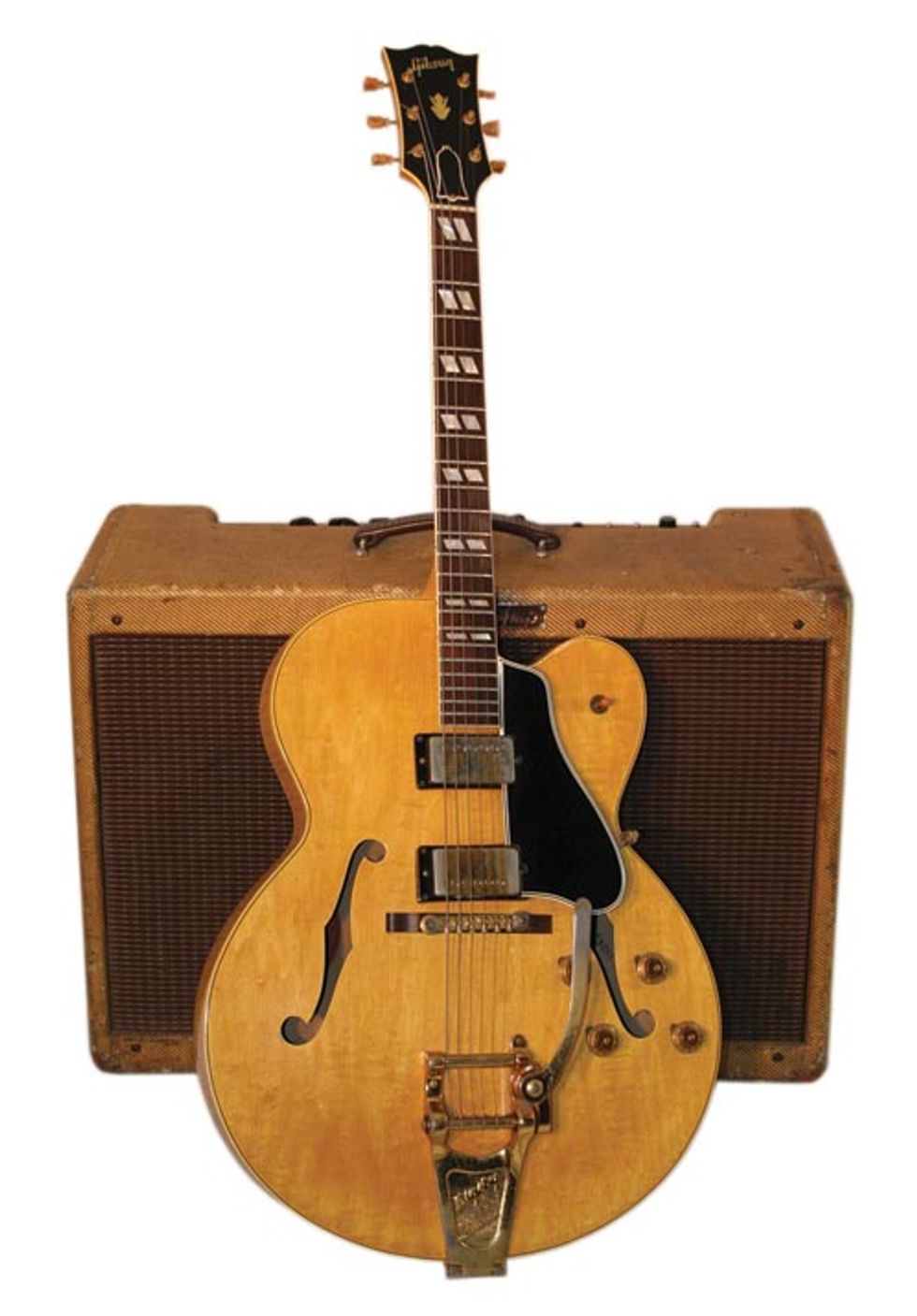
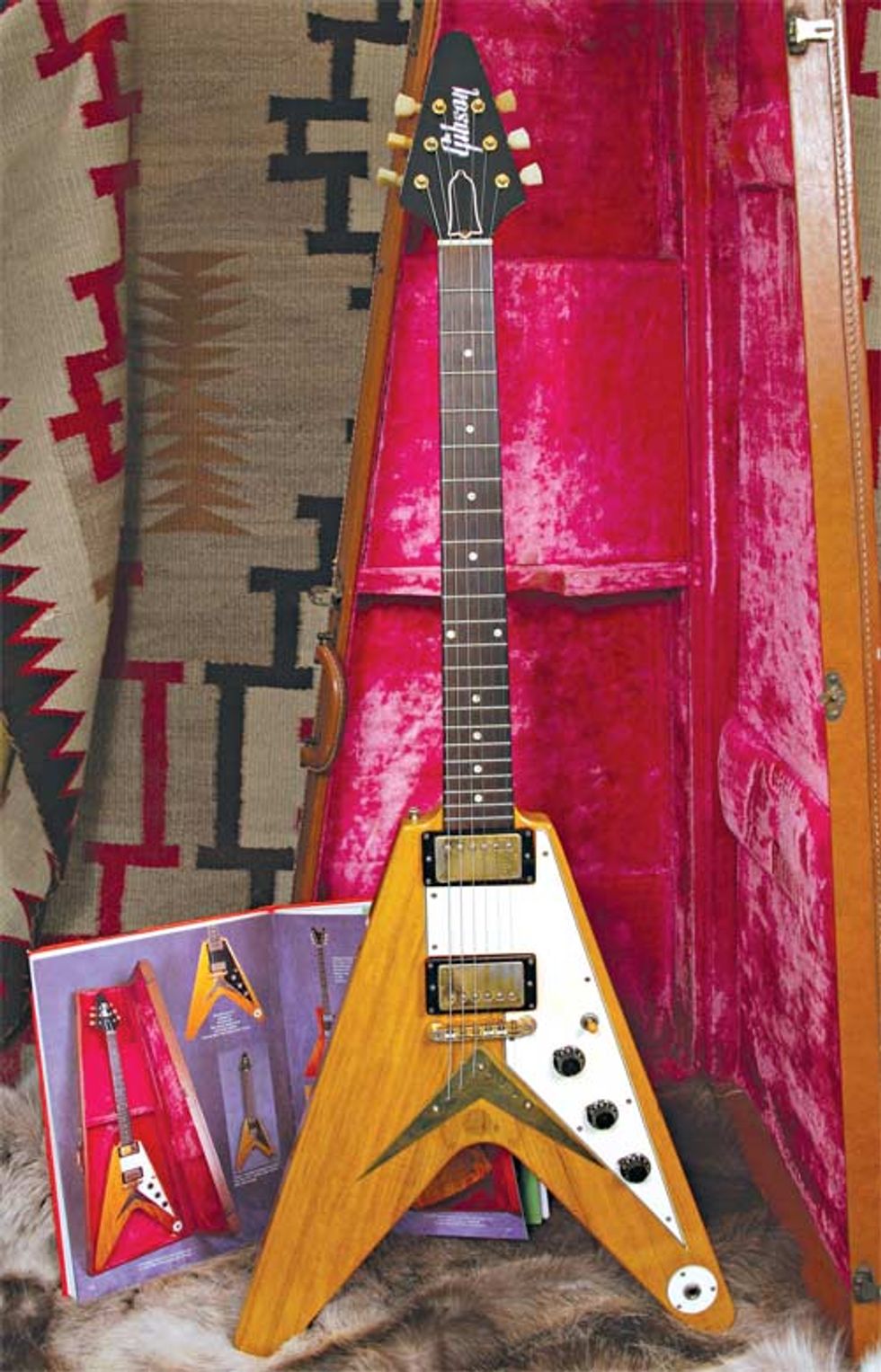
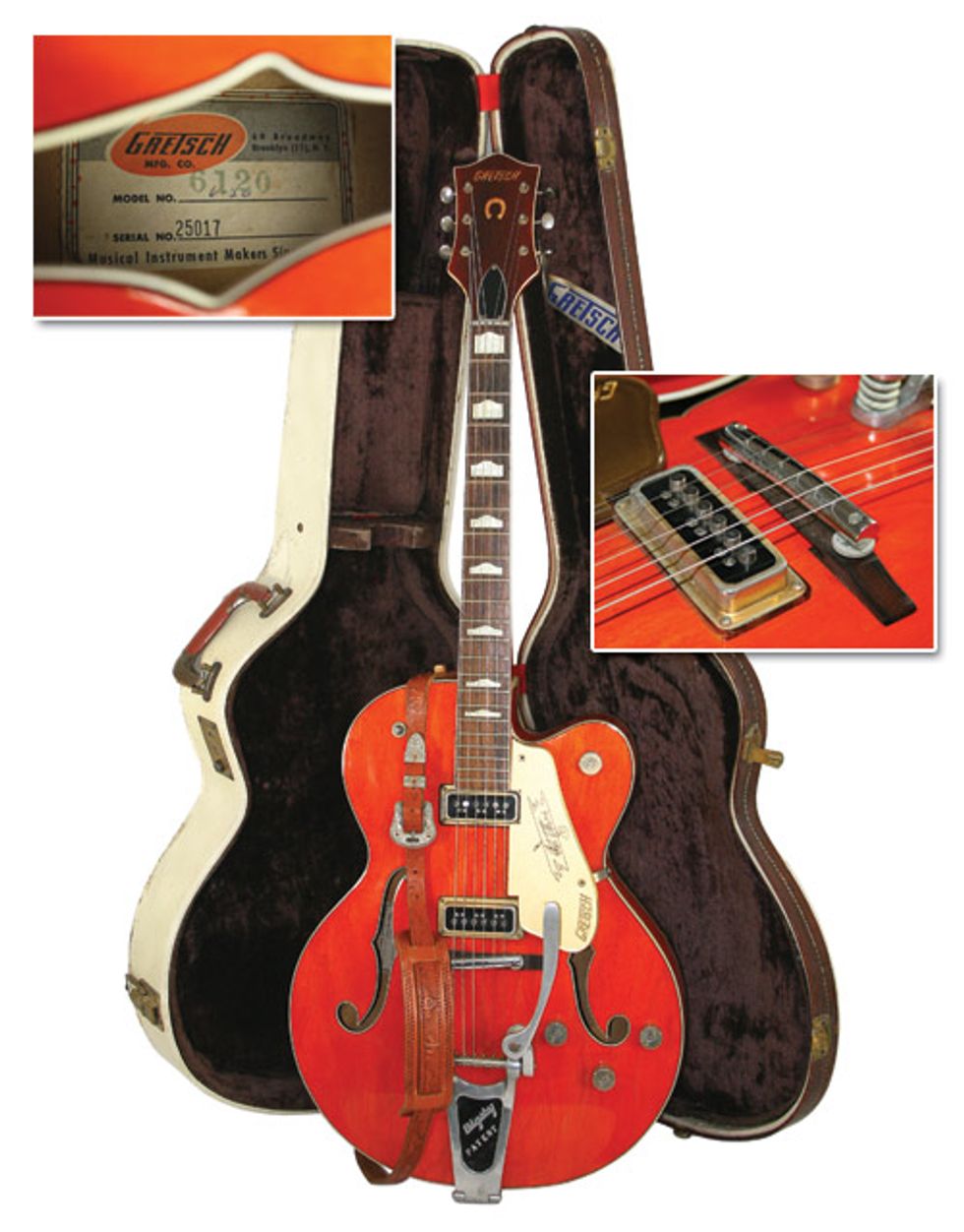
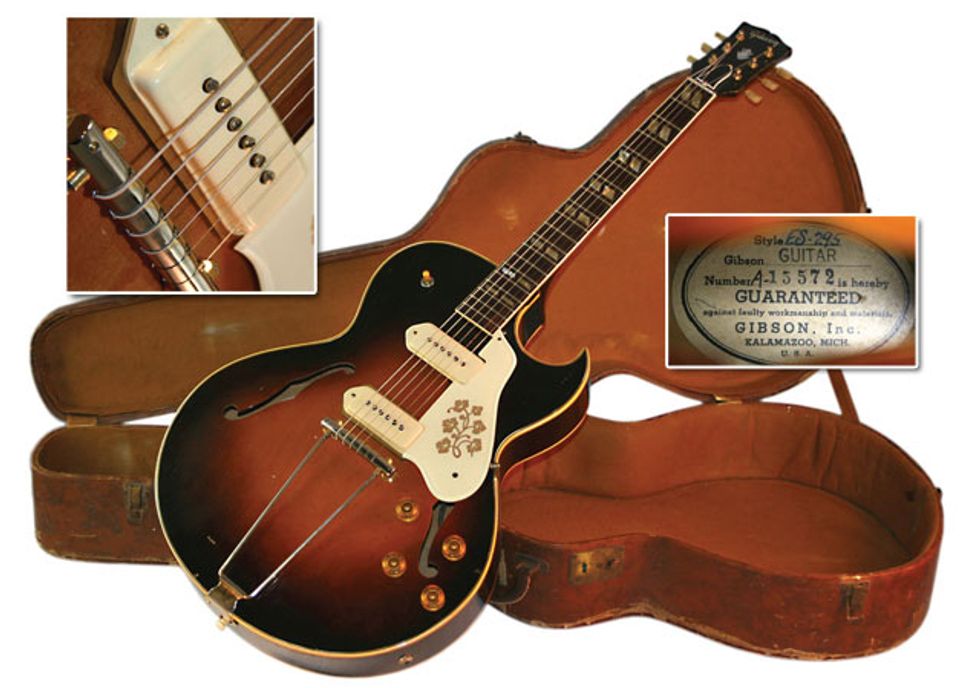
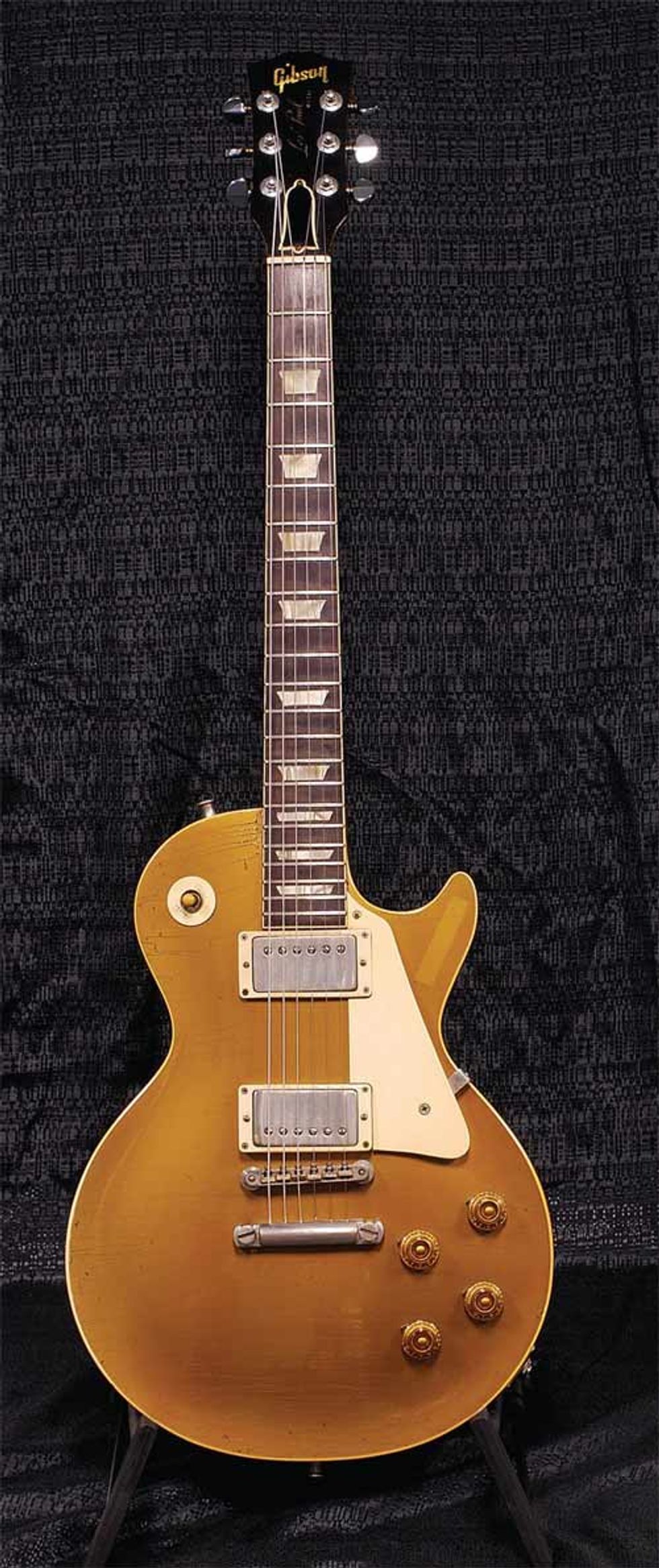
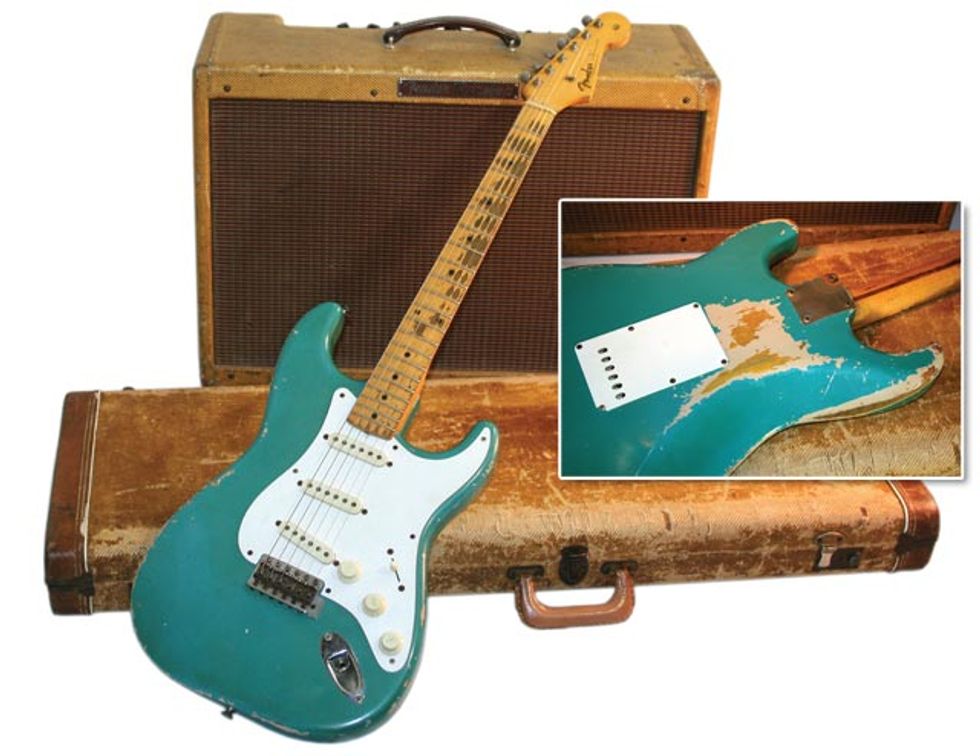
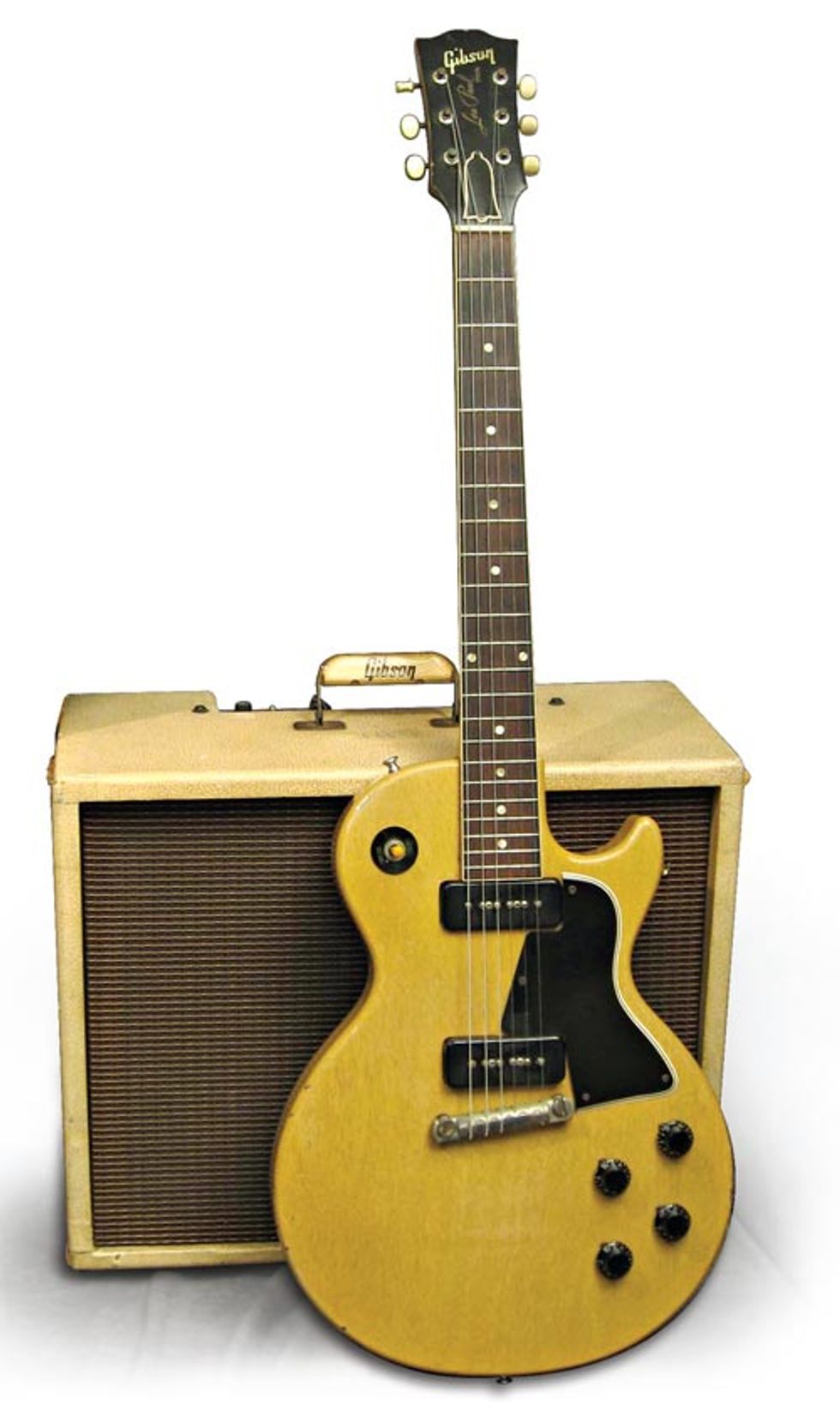
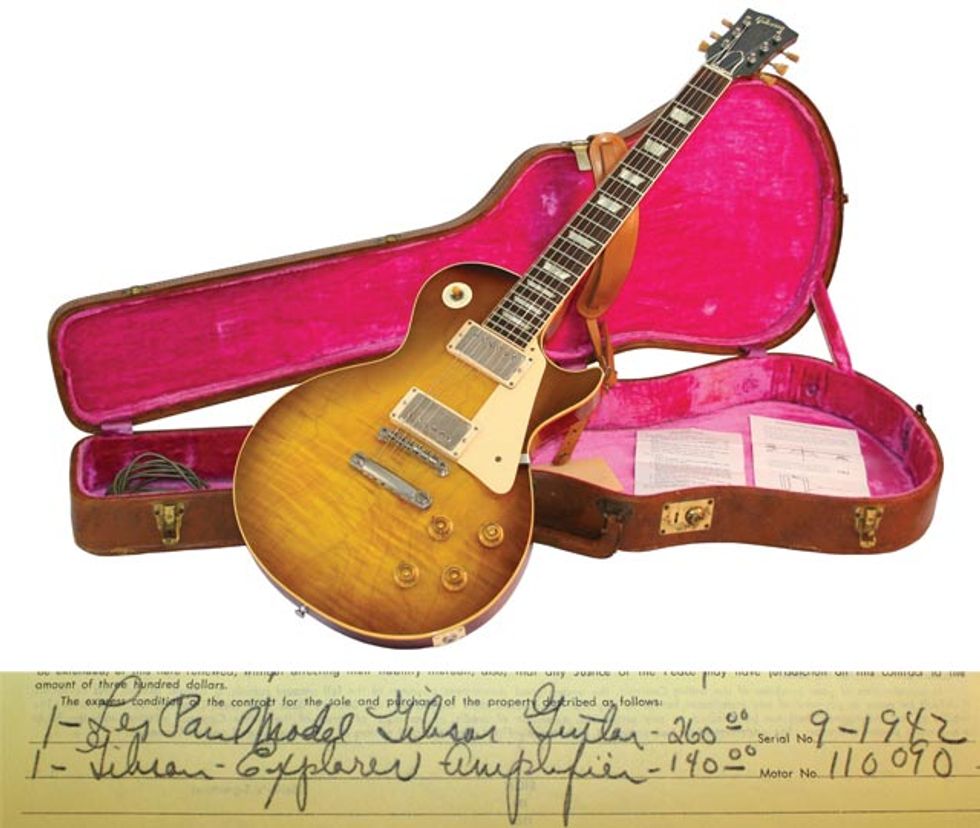
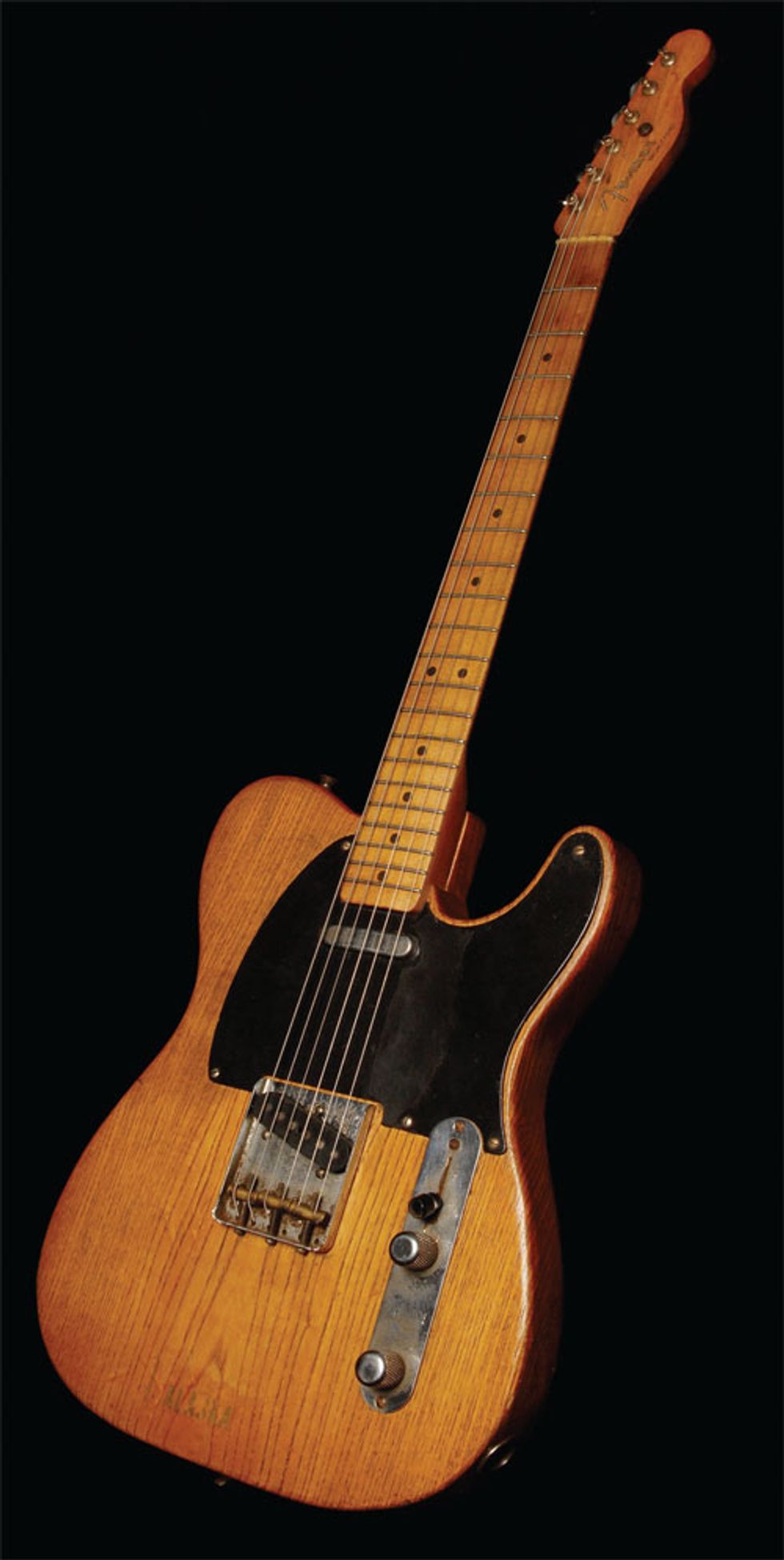
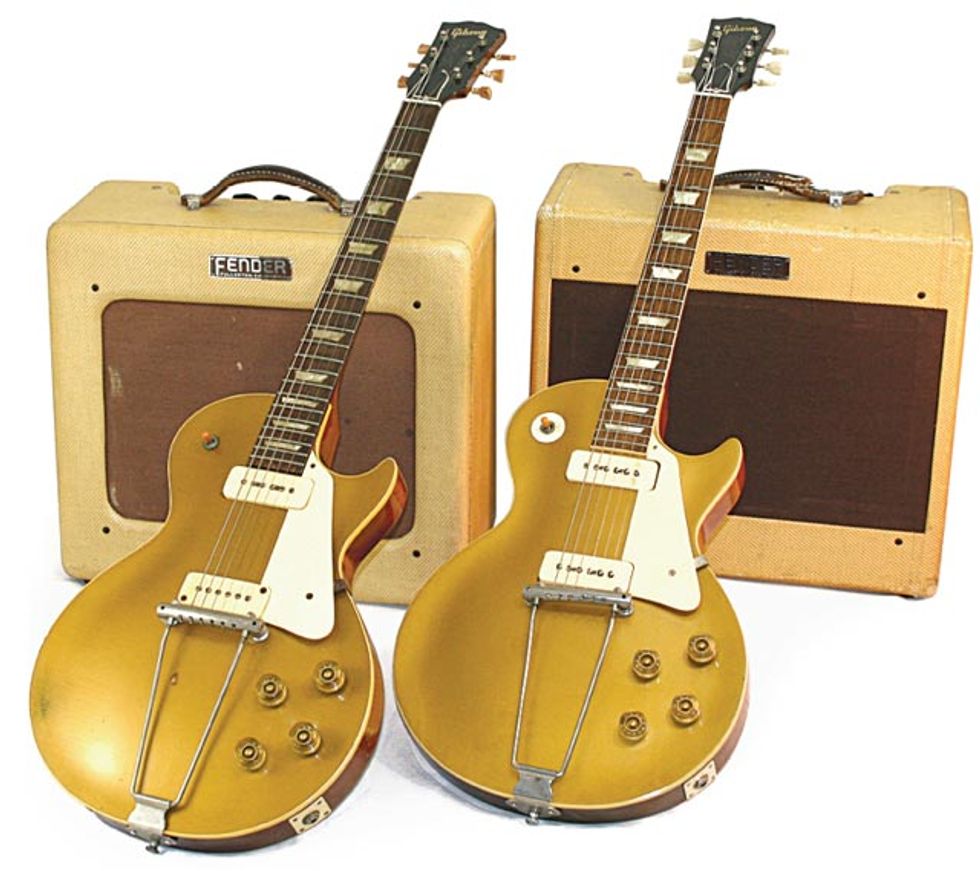
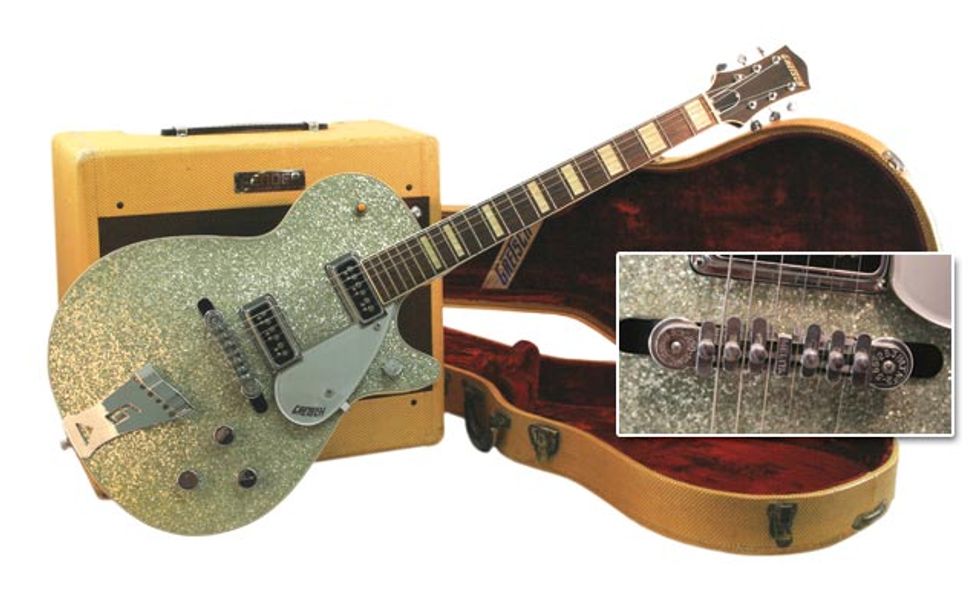
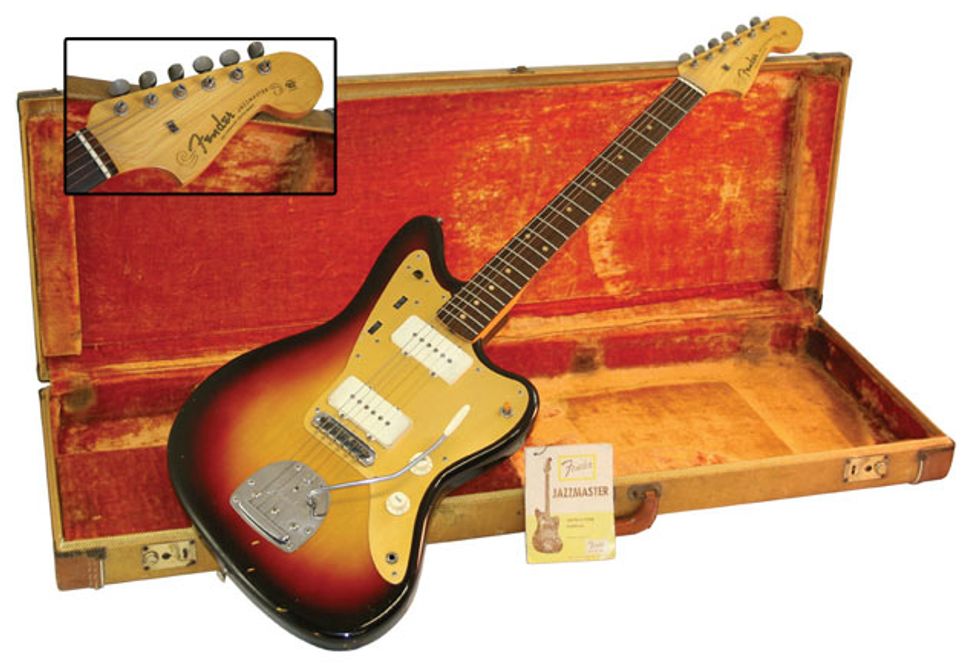
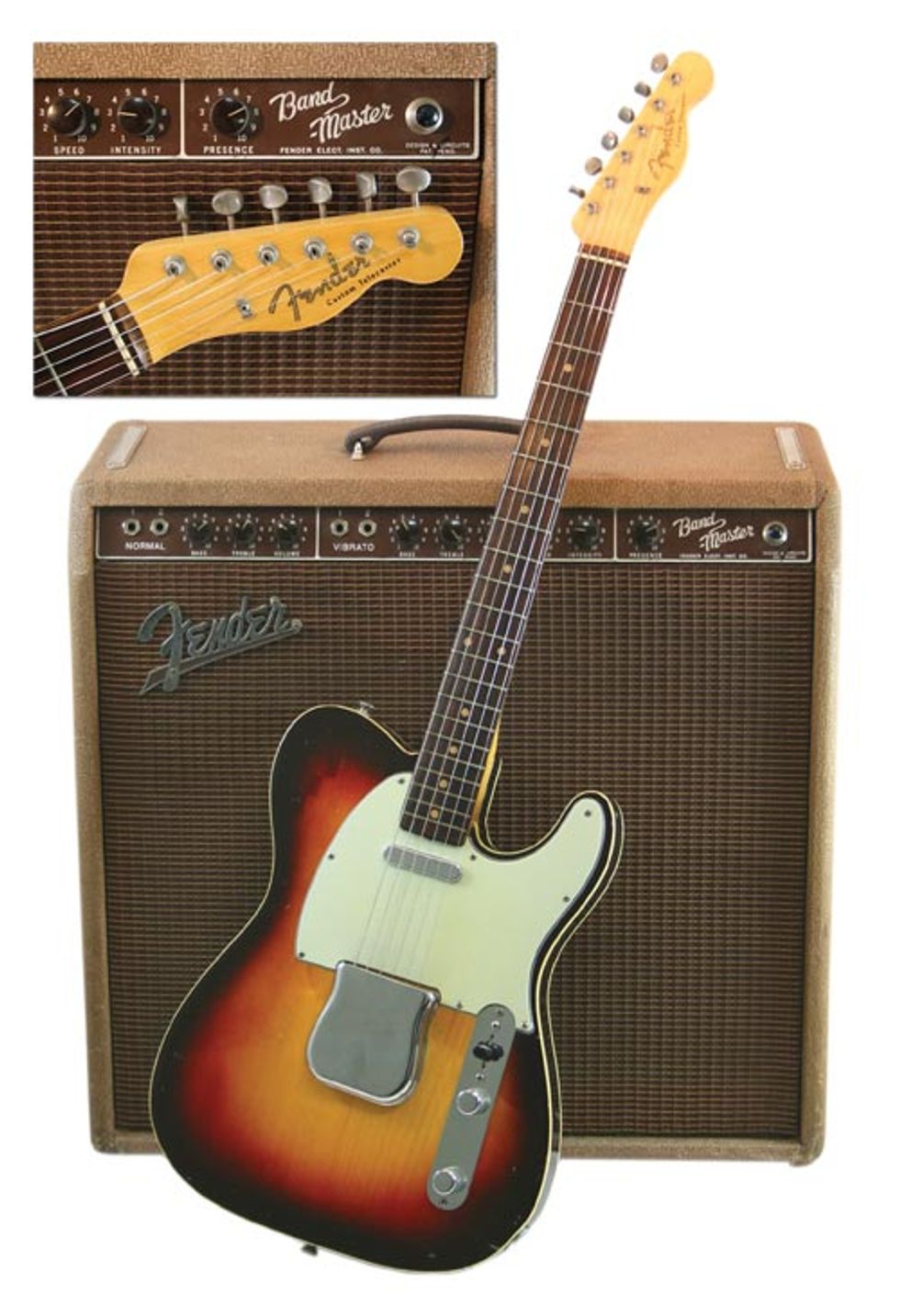
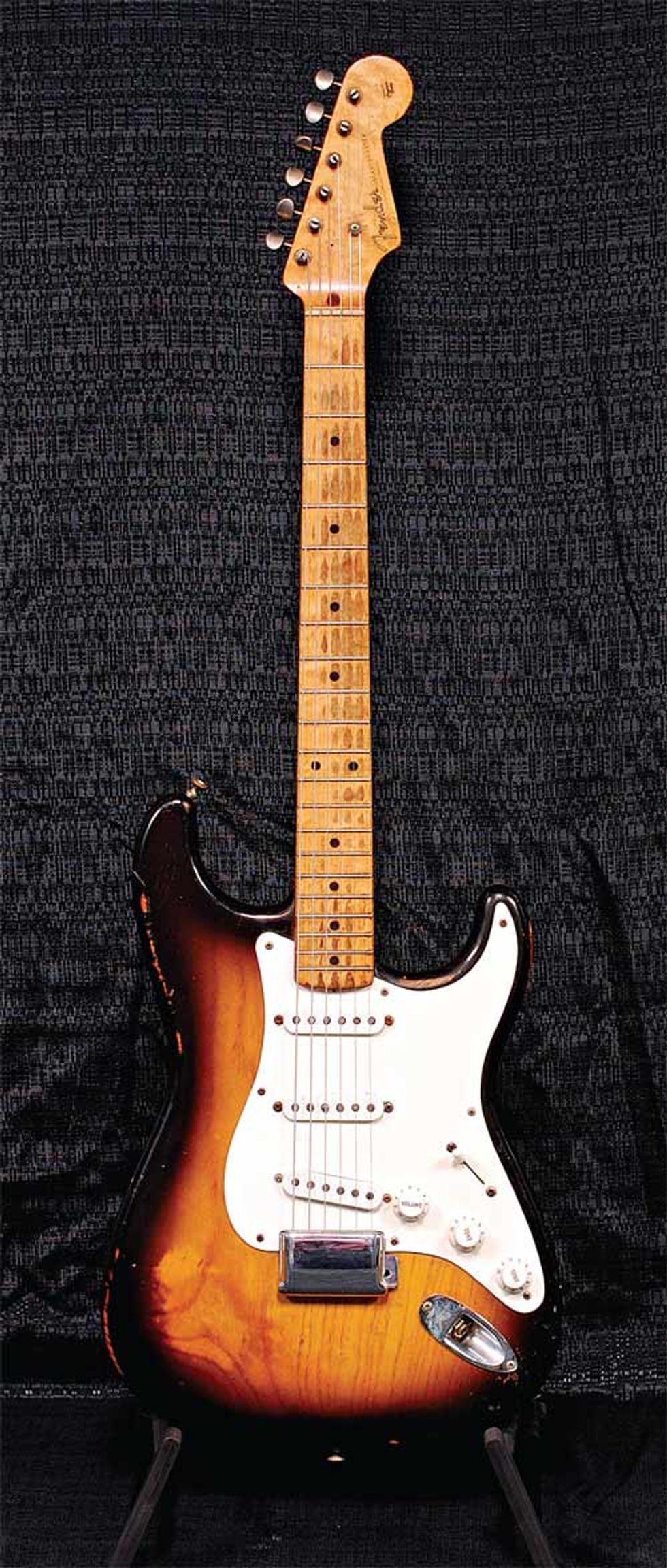
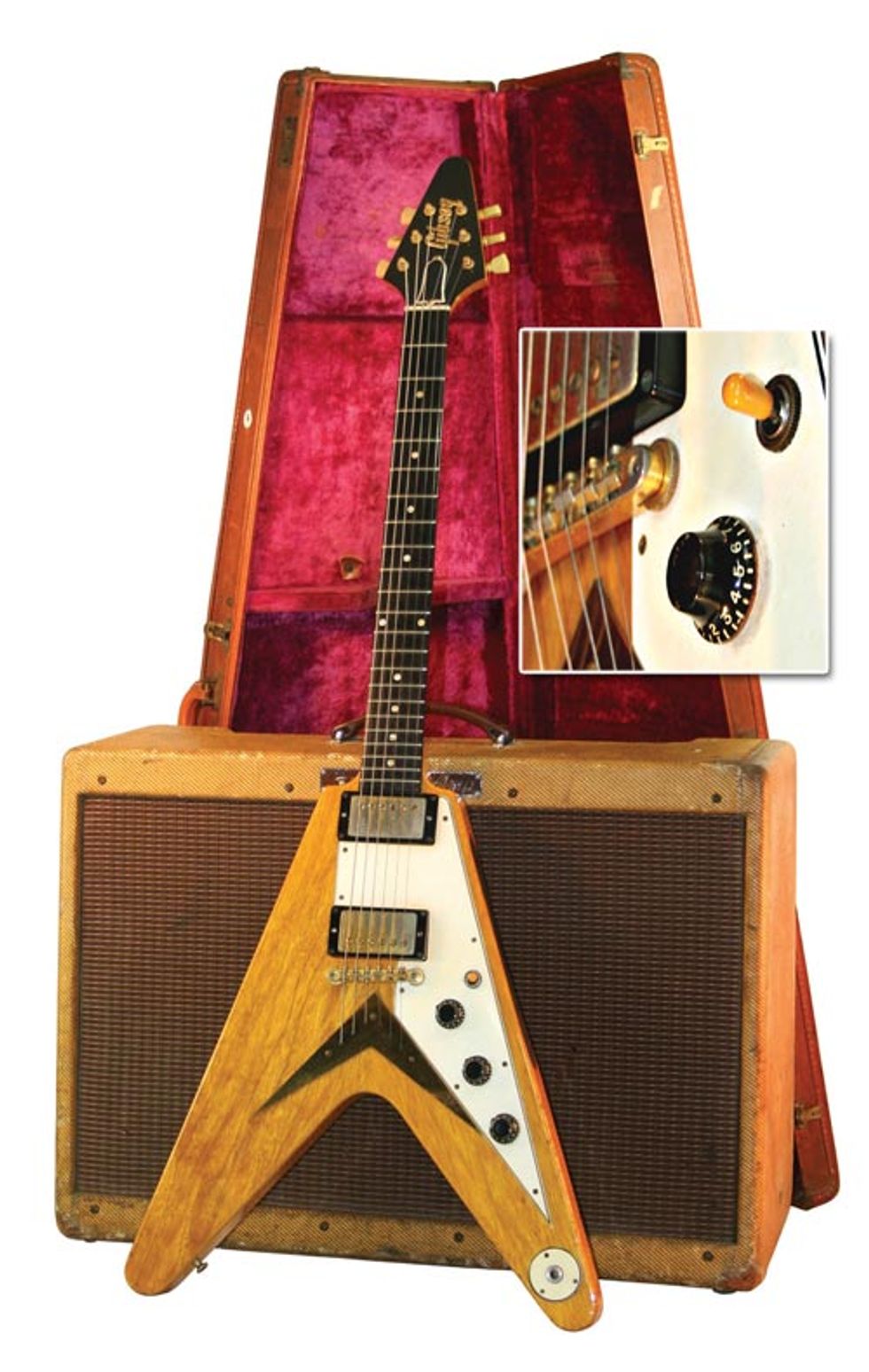
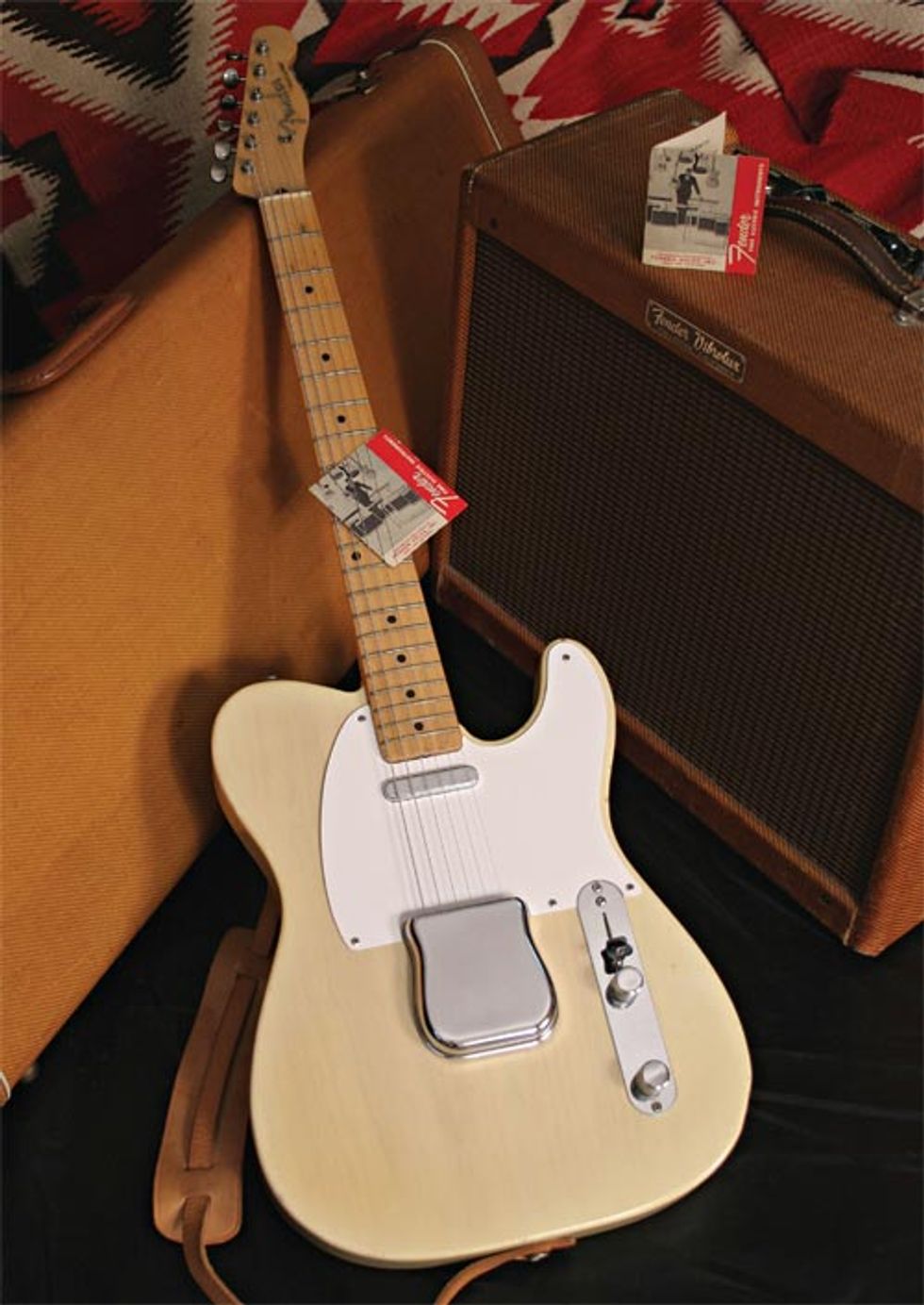
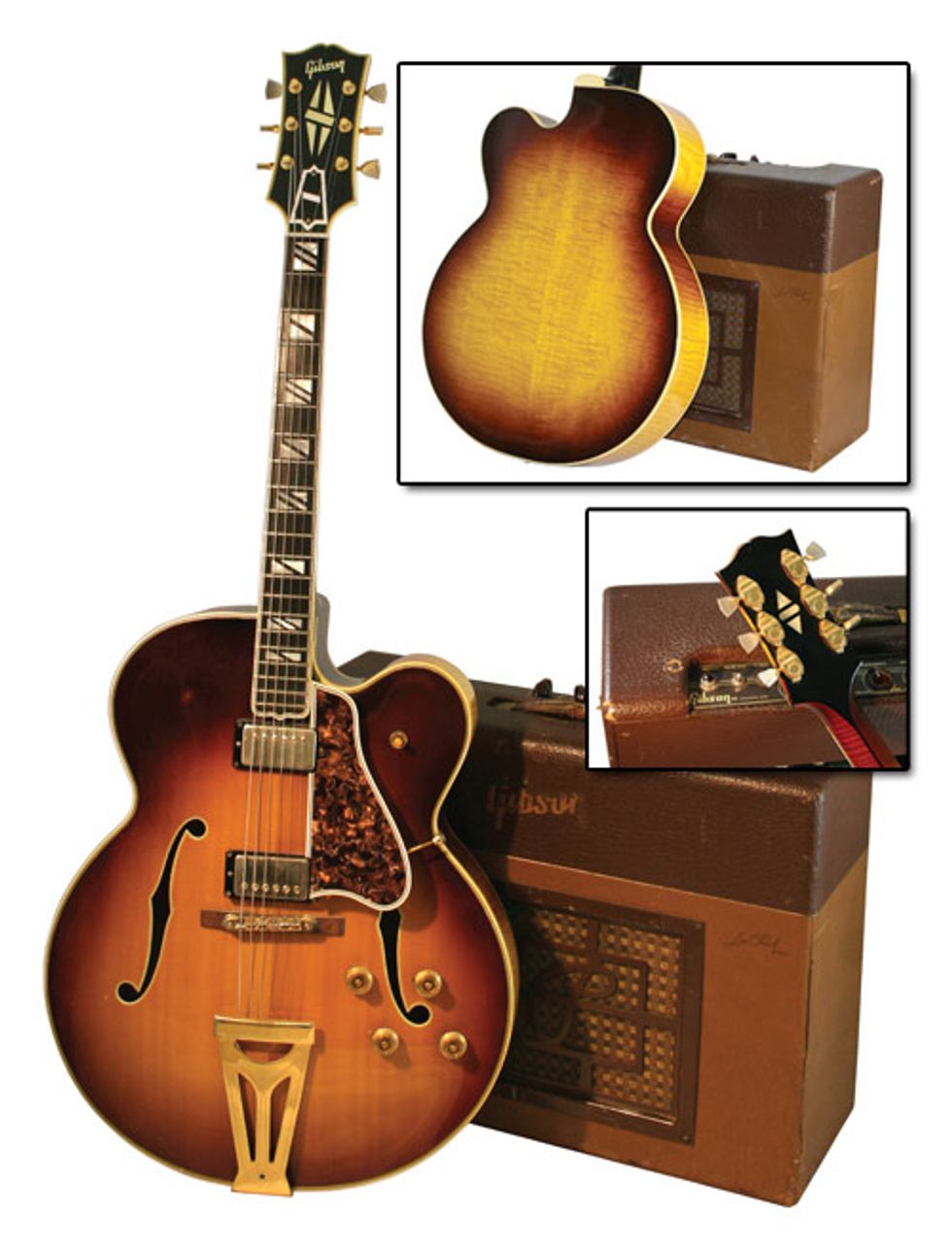
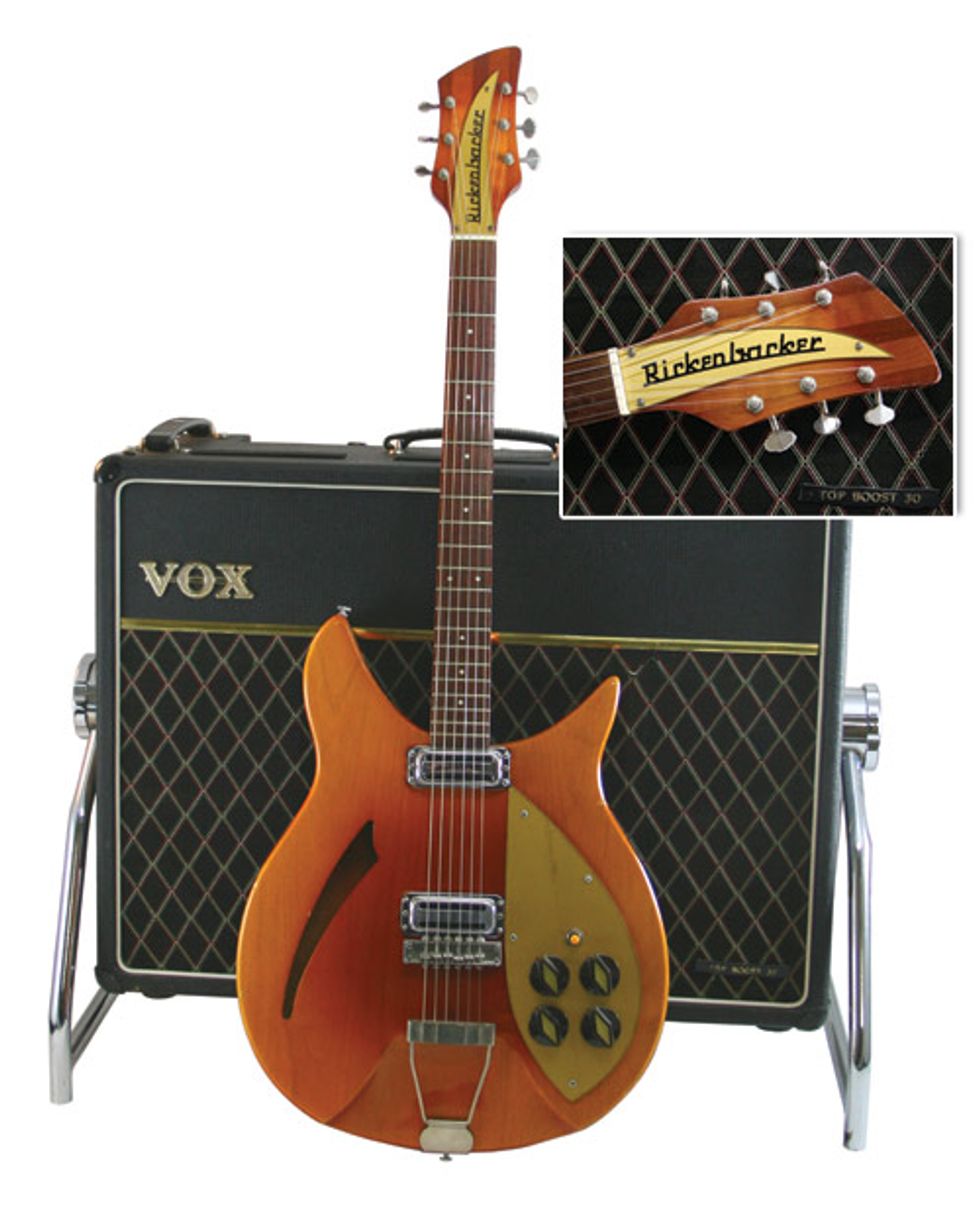






![Rig Rundown: Russian Circles’ Mike Sullivan [2025]](https://www.premierguitar.com/media-library/youtube.jpg?id=62303631&width=1245&height=700&quality=70&coordinates=0%2C0%2C0%2C0)

















